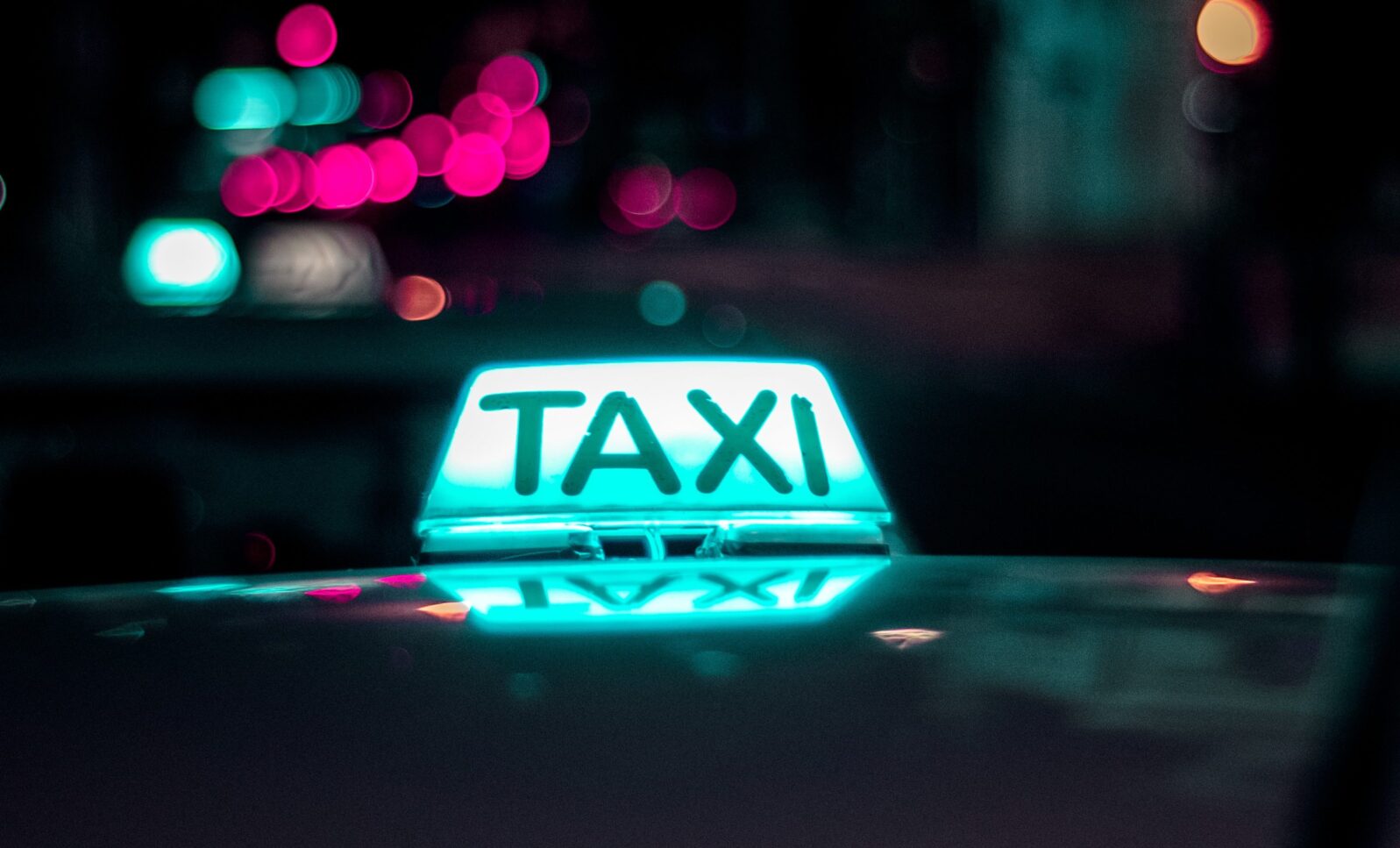Even Uber didn’t believe in Uber’s self-driving taxis
We found that out after Google’s Waymo sued the companySeparating fact from fiction in corporate PR claims is hard. Thankfully, corporate lawsuits help, especially for exposing crazed overpromises such as those of Uber and other companies caught in the self-driving car frenzy:
Starting around May 2016, Uber projected in public and private presentations that it would manufacture 13,000 autonomous vehicles by 2019, only to change that forecast four months later to over 75,000 units. The company also said that human safety drivers, who take over the wheel when an AV needs help, would not be required on its cars by 2020. And in 2022, the company declared, tens of thousands of fully self-driving Uber taxis would be in 13 of the largest cities.
Jeffrey Rothfeder, “For years, automakers wildly overpromised on self-driving cars and electric vehicles—what now?” at Fast Company
But now we have the unsealed court documents from WayMo’s 2017 lawsuit against Uber:
As it turns out, even Uber didn’t have any faith in these claims. According to the released court files, nobody at Uber vetted its AV deployment figures, which Eric Meyhofer, head of Uber’s Advanced Technologies Group, described as nothing but ‘hypothetical scenarios.’
Jeffrey Rothfeder, “For years, automakers wildly overpromised on self-driving cars and electric vehicles—what now?” at Fast Company
While Uber ties with Elon Musk for the Outlandish Claims Trophy, far ahead of the rest of the field, self-driving pessimism is infecting all manufacturers. Optimism is not driving the recent collaboration and corporate consolidation in the self-driving car industry. Rather, their retrenchment is protection against an uncertain future.
Rothfeder notes that the “dire message” is getting through to some of the more energetic flag-wavers; they are “skittish about losing their relevance when electric and autonomous vehicles finally arrive.”
More recent promises now include talk of “geo-fenced” applications where the self-driving car operates within certain boundaries and “human assistance to drive in multifaceted environments,”—as opposed to promises of full “autopilot” autonomy.
The data has never supported the brash industry claims. Self-driving true believers are just that: Believers in a misguided faith that human-created technology will somehow surpass the humans who create it. It is a nearly self-contradictory belief, at odds with the logic and clear-thinking most engineers cherish.) While some studies, such as one from Virginia Tech, commissioned by Google, reported three years ago that self-driving cars are safer, the authors admitted that they “lacked sufficient data” to draw firm conclusions. That should be no surprise, considering how few self-driving cars are really in everyday use at present.
It may be possible — one day, far off in the mists — to design an automated system (perhaps with modified roads) that is safer and more efficient than today’s drivers. But we do not yet know how and today’s so-called self-driving cars are nowhere close.
In the meantime, I suggest that we follow the lead of the manufacturers: Let’s be much more pessimistic about self-driving cars and much more optimistic about all that the human mind can do.
More by Brendan Dixon on inflated self-driving car claims:
True Believer Loses Faith in Fully Self-Driving Cars Levandowski sees the future—and it is tech aids for safer driving
The Real Future of Self-Driving Cars Is — Better Human Drivers! Manufacturers are improving safety by incorporating warning systems developed for self-driving cars into conventional models
and
Autopilot is not just another word for “asleep at the wheel” As a recent fatal accident in Florida shows, even sober, attentive drivers often put too much trust into Tesla’s Autopilot system, with disastrous results
Featured image: Well yes, as it says, it’s our HYPE/Scott Webb, Unsplash
